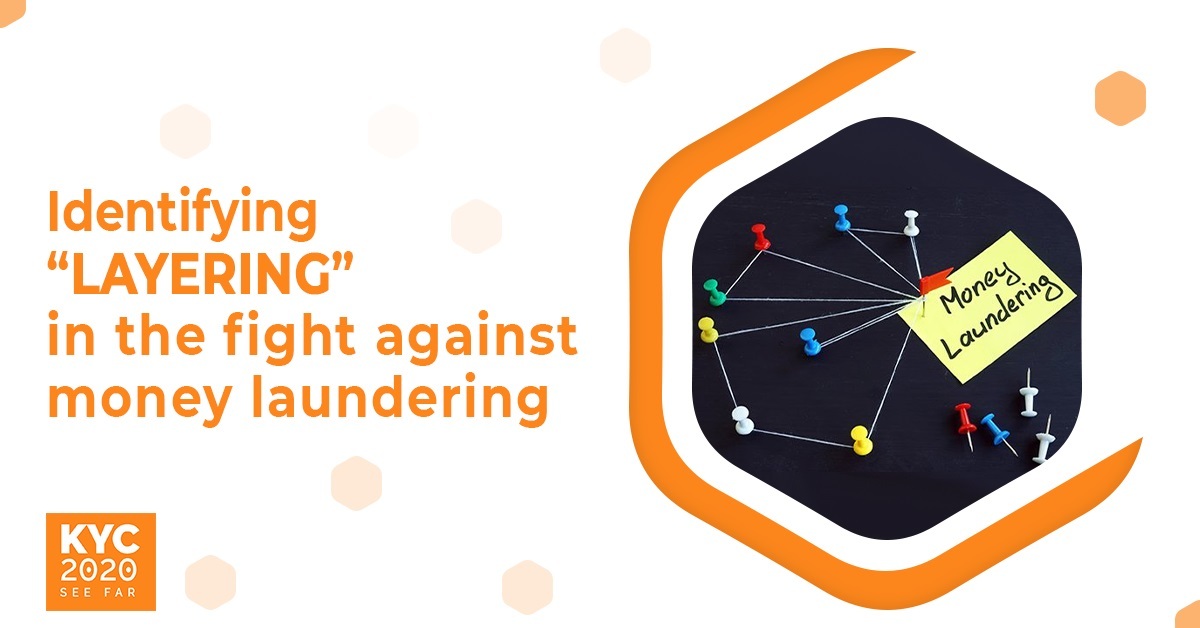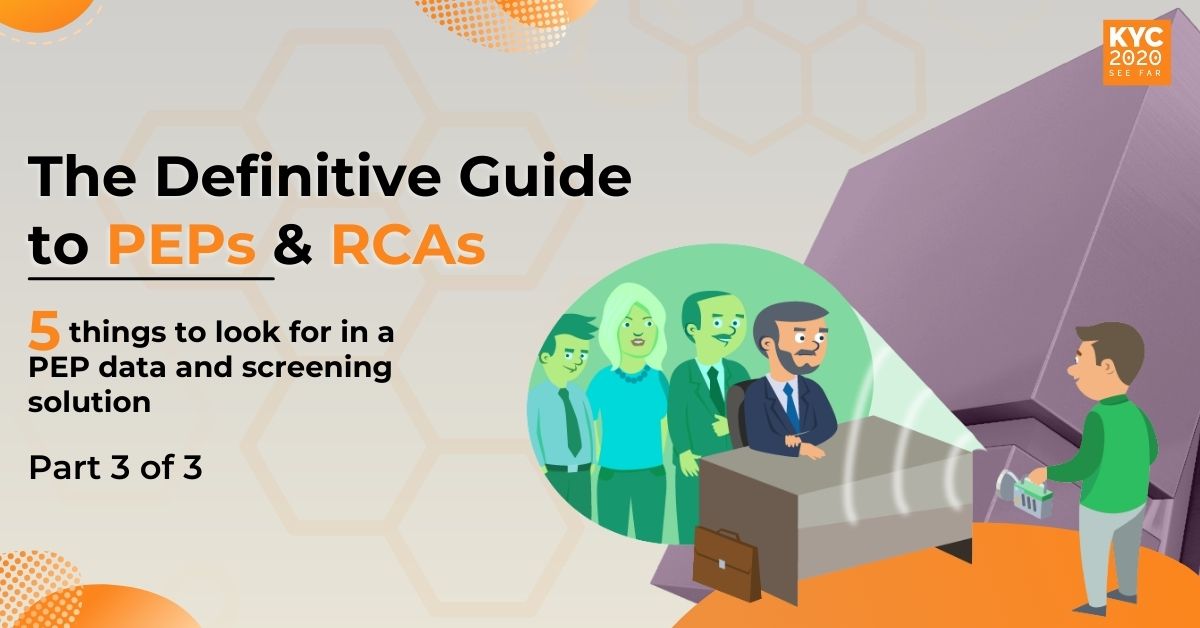Many criminal activities generate substantial volumes of cash that require money laundering and layering to avoid detection. These can include drug trafficking, arms dealing, terrorist activities, theft rings, and even human trafficking.
The anti-money laundering regulations and controls are in place to identify these activities and alert financial institutions. Reporting red-flags is critical to preventing and reducing these criminal activities, and ultimately stop the source of funds for criminals.
Criminals use “layering” to hide their funds. They move money in-between accounts and companies. The more layers, the harder it is for the crime divisions to track the source of funds.
Layering allows the criminal to remove themselves from the source, and each transaction helps add another layer of the legitimacy to the funds.
Placement of the funds
The first step in the layering process is called “placement.” This happens after the criminals have illegally acquired the funds from their activities. The most common way criminals do this is by moving money through a legitimate business often owned by the criminals or their families. This initial funneling of funds usually occurs through cash-heavy operations and companies like casinos.
The aim is to manage large volumes of smaller transactions that do not trigger deposit alerts at the banks. These reporting thresholds are common knowledge, and the criminals ensure that their transactions are always below these threshold alerts.
Moving money from these companies to suppliers and other criminal associates via false invoices and payments is standard practice.
This first layer of money laundering is only the beginning. Criminals add many more layers to reduce traceable funds.
How to identify money laundering activity
Reg flags for layering by criminal organizations include:
- Large cash deposits into a variety of bank accounts
- Making international transfers in and out of offshore accounts
- Investing in and reselling high-value items like jewelry or art
- Purchasing property and real estate
- Investing in companies and legitimate businesses
- Using shell companies to move money in and out of accounts
- Multiple transactions via different banks and financial institutions
Banks, FIs, and even many non-financial firms such as charities, universities, MSBs, and even real-estate brokers, are regulated entities and must report suspicious activity (SAR) that indicates money laundering. Banks are required to have transaction monitoring systems in place to monitor and alert for suspicious activity. Additional suspicious activities include:
- Prominent transactions: Cash deposits into an account and immediately withdrawn.
- Regular transactions and deposits that are exact amounts or add up to an identical amount will raise a flag as layering.
- Transactions from high-risk countries can also trigger an alert.
With the use of services offered by AML Compliance companies like KYC2020, you can get to know your customer and identify business risks related to money-laundering and financial crime.
KYC2020 provides affordable and effective AML compliance solutions. Our comprehensive databases offer the best global sanction, PEP, HIO, and criminal watchlist data. We offer AI-based sanction screening and adverse media monitoring solutions to complement our data. KYC2020 is recognized as one of the world’s most innovative regulation technology solution providers by RegTech Analyst.
For a consultation or to book a demo, please click here.








